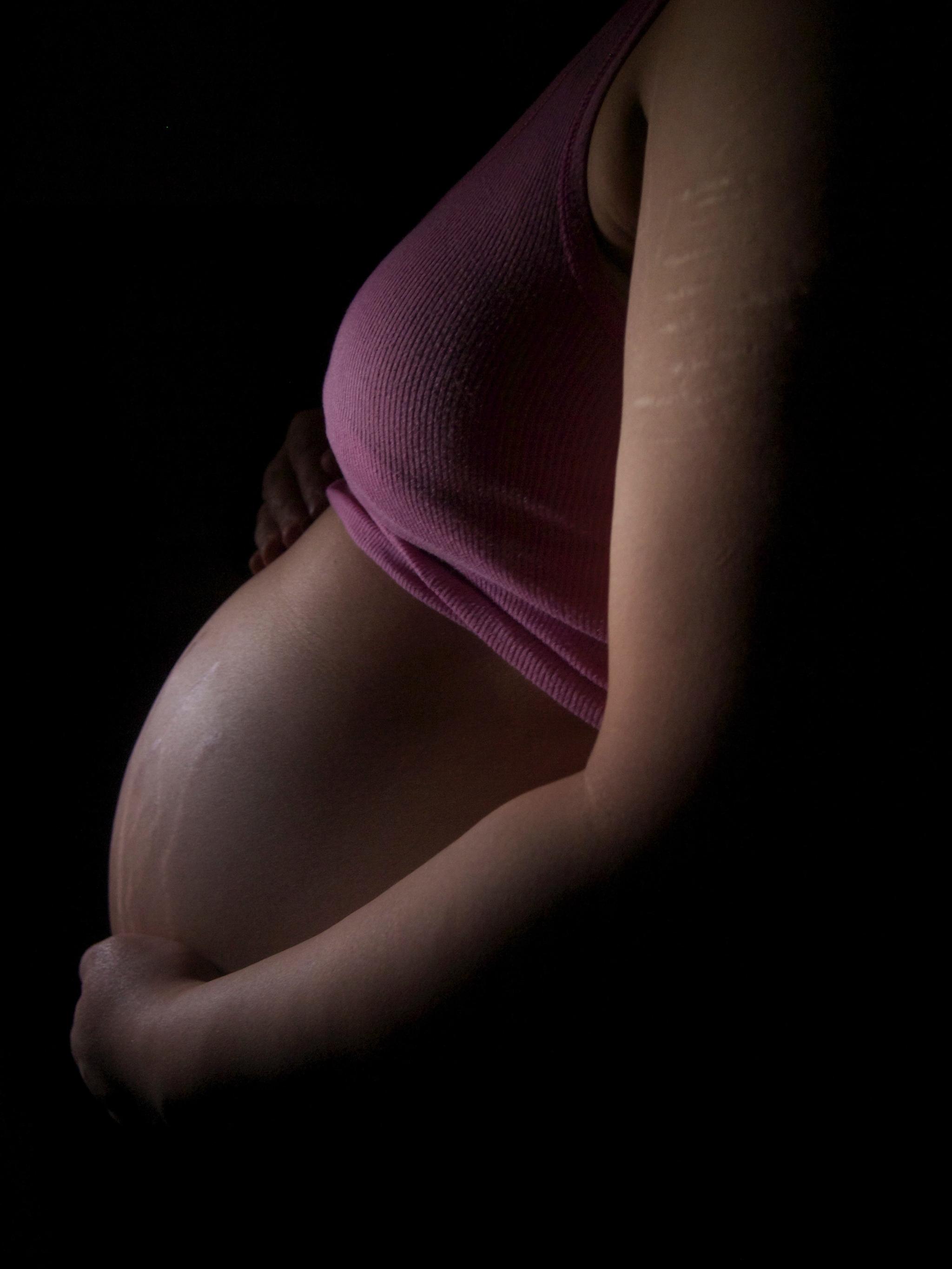Stretch Marks
Last updated
First published

During pregnancy, the skin expands a lot in a short time. In combination with the hormones in the body also changing, it often gives pregnant women stretch marks on the abdomen, thighs, and breasts. How much you are affected depends on age and genes.
Stretch marks are simply cosmetic and are seen as bluish, purple, or reddish streaks across the skin that turn whitish over time.
Fiber over-stretching
Not all pregnant women experience stretch marks, although this is the case for the vast majority. If you are starting to get stretch marks, your body is under the influence of hormones during pregnancy. It can cause changes in the skin's elasticity, and since the skin has to stretch quickly and a lot over a short period, it can give rise to an overstretching of the fibers in the subcutaneous tissue.
When the coating occurs, it appears as bluish or reddish streaks across the skin.
You may be particularly prone to stretch marks if you:
Expect twins or triplets
Are overweight
Before pregnancy has developed stretch marks
Although it may look violent with the stretch marks, they do not remain clear in color. Over time, they shrink and contract, becoming more whitish or greyish. They will therefore not be as visible as during pregnancy.
Treatment of stretch marks
Although stretch marks are one of the most common and frequent changes during pregnancy, there is not yet a product that has a documented effect on stretch marks. However, you can try creams and oils made for the purpose, even if there is a risk that they will not work.
To avoid stretch marks, you should instead avoid being overweight before pregnancy and avoiding excessive weight gain during pregnancy. It is the best way to prevent stretch marks, although there is no guarantee that you will not get them at some point during pregnancy.
Avoid direct sun on the stretch marks until they have faded.
Stretch marks in late pregnancy
Stretch marks are not something you should be ashamed of getting or hiding away. Up to 90% of all pregnant women get stretch marks at the end of pregnancy. Some also call it sooner if they are extra prone to it or take it on very quickly.
It occurs in women of all ages and is also seen in younger pregnant women. Therefore, see it as a completely natural change of the body and a sign of what your body is capable of.
